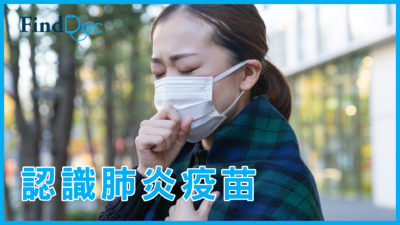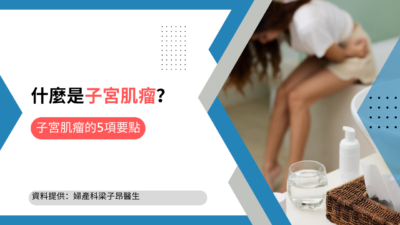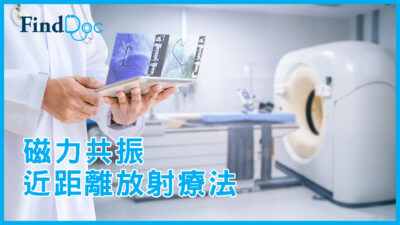When small brown bumps grow on one’s face or pea-sized lesions grow on one’s hands and feet, people often mistake them for milia. Even though they might be asymptomatic, these lumps and bumps may actually be viral warts, regardless whether they may be unsightly or not. How does one get rid of them? Some people think that they can easily get rid of warts by beauticians for wart removal or even buying over the counter home remedies for self treatment. However, many wart-removal products can cause skin irritation or even irreversible damages. Without a proper professional diagnosis and definitive treatment by a doctor, treatment efficacy may be limited and there will even be the possibility of worsening the situation and leaving damaging scars.
What are “warts”?
Warts are abnormal keratinous growths in the outer skin caused by infection with human papillomavirus (HPV). People who are elderly, have weaker immune systems, under greater pressure, or have poor personal hygiene may be more prone to being infected. Although warts do not cause serious illness, they are infectious and hence contagious which means they can spread to other bodily parts as well to other close contacts at home or at work. Modes of spread include walking barefoot in public areas; sharing slippers, towels, cosmetics and other personal items with infected people; swimming in public swimming pools; bathing in hot springs; using fitness equipment; and receiving unsterilized beauty treatments etc. Therefore, paying attention to hygiene is an extreme vital part of wart prevention.
How to distinguish warts, freckles, milia, and calluses?
| Wart | Freckle | Milium | Callus | |
| Cause | HPV infection | Exposure to sunlight, aging of skin | Excessive oil secretion | Thickening of stratum corneum (outermost skin) from long-term friction |
| Appearance | Black, brown or flesh-coloured; possibly black in the centre; often grow in clusters; slightly raised surfaces | Yellow, brown; relatively flat; colour may gradually deepen to a dark brown | Mostly yellow-white, round, raised surface | Large, irregular in shape, thick and rough to the touch |
| Common locations | Anywhere on the body | Anywhere on the upper body | Forehead, nose, below the eyes; areas with greater oil secretion | Palms and soles |
Modes of treatments
In most cases, warts will disappear after proper treatment. Clinics and beauty salons may offer various wart removal treatments, and certain shops may also sell ointments or lotions. Since most warts are not painful or itchy, patients will typically underestimate the condition and use over the counter (OTC) medicines or go to beauty salons for treatment. However, such self-medication is never worth it due to incomplete removal.
1. Self-removal
Some patients will attempt to cut off raised warts themselves. However, wart-causing viruses are located much deeper in the skin. Merely cutting off a superficial wart partially cannot permanently cure it and may instead lead to an infected wound. After the wound is healed, the virus will still be present and warts still grow and spread.
2. Cryotherapy (Freezing)
Medical cryotherapy uses liquid nitrogen at approximately -200°C to treat the affected area. This destroys the infected epidermal tissue and indirectly removes the virus responsible for the wart. Generally, cryotherapy needs to be performed every 2-3 weeks until the warts are completely removed. During each treatment, the patient will feel a cold and tingling sensation on the targeted area. After treatment, there is usually no scarring.
As for OTC cryotherapy wart removal patches or pens, they will usually only reach temperatures of -50 to -60°C. Hence, the inadequate temperatures reached by home liquid nitrogen are not very effective at destroying viral warts. In addition, repeated use of the same cryotherapy wart removal product in different locations on the body may cause cross-infection; unsuccessfully removed warts may spread and multiply.
3. Using high acidity ointments and lotions
Prescription-strength with high acidic content (salicylic acid) ointments and lotions for warts can remove excess stratum corneum (outermost skin) layers by layers of wart being removed. Used daily, they may help remove warts.
However, these topicals can be time consuming and even cause skin irritations after prolonged use. Therefore, the treatment should be performed by trained professional medical staff to ensure safety and may benefit from combination with cryotherapy.
4. Electrocautery treatment
Electrocautery treatment is a method that directly destroys wart tissues and can eliminate wart indefinitely. Proper handling and use of electrocautery professionally is vital as this procedure is prone to scarring with a relatively long recovery period.
5. Laser treatment
Doctors may use a carbon dioxide laser or pulsed-dye laser to treat warts. The carbon dioxide laser will vaporize the wart tissue and the fuel pulse laser will heat up the blood cells inside the wart, thereby destroying the wart tissue. Prior to treatment, a doctor will apply topical anaesthesia to the wart infected area to minimize patient discomfort. The treated area will recover within 5 to 10 days after the procedure and usually without scarring. This office procedure is relatively quick with permanent removal within 1-2 sessions.
This health article was written by the FindDoc editorial team, and has been reviewed by Dr. Elizabeth Chang.

























































Share article